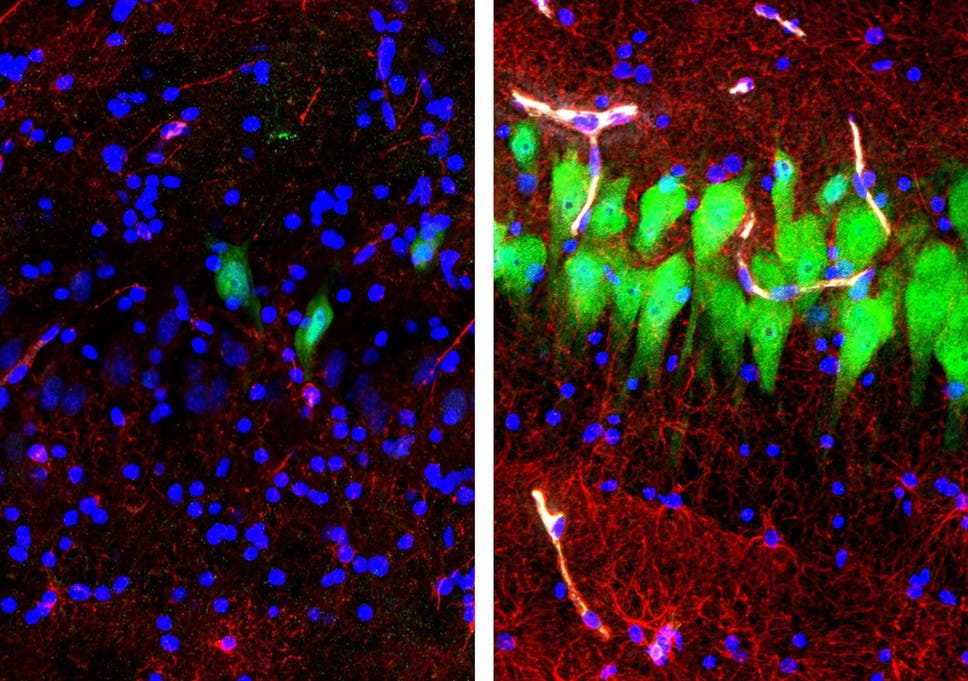
The brains of pigs have been reanimated by scientists after they had been dead for nearly four hours.
Using a synthetic blood solution and pump which simulates the heart, researchers at America’s prestigious Yale University showed that brain cells presumed dead began showing signs of life, long after they were presumed unrecoverable.
The team were clear that this was not the same as bringing the animals back to life.
There was no electrical activity across the brain which is the benchmark for brain death, let alone the coordinated firing of the billions of neurons required for consciousness.
However, the findings have significant potential for researching brain disease, as well as – potentially – finding ways to limit brain damage in humans following a stroke.
It could also provide insight into increasing the time donated organs remain viable.
“The intact brain of a large mammal retains a previously under-appreciated capacity for restoration of circulation and certain molecular and cellular activities multiple hours after circulatory arrest,” said Professor Nenad Sestan, lead researcher for the study published in the journal Nature.
Cellular brain death has typically been considered to be swift and irreversible.
Once starved of oxygenated blood, the brain’s electrical activity dims within seconds and the cells begin sending signals that trigger their death.
However in the pig brains, which had been harvested from animals already killed for meat, once the pumping system was attached they saw signs that the cells were taking on oxygen and showing other signs of life.
Because of the vast ethical implications of their work, the researchers said they had been “concerned” their work could be too successful and restore consciousness.
“The researchers were prepared to intervene with the use of anaesthetics and temperature-reduction to stop organised global electrical activity if it were to emerge,” Dr Stephen Latham, another of the authors said.
However, while the brains became “cellularly active” the authors were clear: ”Clinically defined, this is not a living brain.”
Brain death is determined using an electroencephalogram (EEG) and there was no flicker from the machines during the test.
Included in the BrainEx pumping solution were chemicals designed to inhibit neuronal activity, as this higher activity would mean the cells would be producing waste products that could rapidly turn toxic.
The reactivated brains were kept alive for a total of six hours, at which point the experiment was stopped as the untreated brains they were comparing to had totally died off.
During this time the scientists observed a reduction in cell death and the restored functionality of certain nerve, blood vessel and glial cells – vital support cells which clear away waste and nourish neurons.
While the Yale team said the BrainEx system could work for longer periods, it would need “significant” changes to be viable for human brains, or even less sophisticated organs.
However, any work which sought to revive electrical activity of any brain in a way that even resembled consciousness would need strict ethical approval.
Independent experts said the study “raised hope for the distant future” of technologies to forestall brain death.
“BrainEx most certainly didn’t bring the brains back to life” said Professor Derek Hill, from University College London. “But this research raises some fascinating questions. Could brains maintained by BrainEx help scientists discover new treatments for brain diseases like Alzheimer’s and Parkinson’s disease, which are proving really hard to treat?
“And, what are the ethical implications for the way we treat animals after slaughter, and humans after accidents? This ingenious experimental work provides challenges and opportunities both to brain scientists and for science policy makers.”







